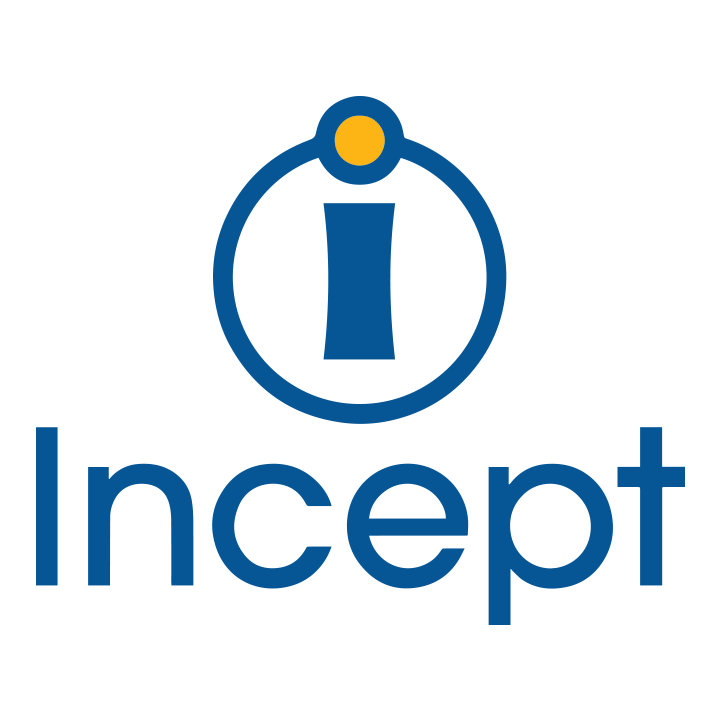In the ever-evolving landscape of customer service, businesses are continuously exploring innovative ways to strike a balance between customer satisfaction and cost-effectiveness. One strategy that has proven to be a game-changer is call deflection. This approach not only keeps customers happy by providing swift solutions but also contributes to keeping operational costs in check. Let's explore the reasons why call deflection is a powerful tool for businesses aiming to excel in both these critical areas.
1. Instant Issue Resolution
Call deflection involves diverting customer queries from traditional support channels, such as phone calls, to more self-service options like FAQs, knowledge bases, or automated chatbots. This redirection enables customers to find immediate answers to their queries without the need for human intervention. By offering instant issue resolution, businesses enhance the overall customer experience, fostering satisfaction and loyalty.
2. Empowering Customers Through Self-Service
Modern consumers crave autonomy and convenience in their interactions with businesses. Call deflection leverages self-service options, empowering customers to find solutions independently. Whether it's troubleshooting common problems or accessing relevant information, self-service options enable customers to take control of their experiences. This not only satisfies their need for quick resolutions but also positions the business as customer-centric and forward-thinking.
3. Cost Savings Through Automation
Traditional call centers can be resource-intensive, requiring a significant investment in human resources to handle incoming calls. Call deflection, especially through automated channels like chatbots or interactive voice response (IVR) systems, substantially reduces the need for a large team of live agents. This automation translates to considerable cost savings for businesses, allowing them to allocate resources more efficiently.
Related Post: How to Maintain Quality Customer Service (At a Lower Cost)
4. Enhanced Operational Efficiency
By deflecting routine and frequently asked questions away from live agent support, businesses can streamline their operations. This redirection frees up valuable agent time to focus on more complex issues that genuinely require human expertise. As a result, operational efficiency is maximized, ensuring that the business is utilizing its resources effectively and providing a higher level of service where it matters most.
5. Data-Driven Continuous Improvement
Call deflection is not a one-size-fits-all solution; it's a strategy that evolves based on data and customer feedback. Businesses can track deflection rates, customer interactions, and user behavior to refine and improve self-service options continually. This data-driven approach allows businesses to stay agile, adapting their deflection strategies to align with changing customer needs and expectations.
6. Positive Impact on Customer Satisfaction Metrics
Happy customers are the lifeblood of any successful business. By offering quick, convenient, and effective solutions through call deflection, businesses positively impact key customer satisfaction metrics. Customers appreciate the ability to resolve issues promptly without the frustration of waiting on hold or navigating complex phone trees. As satisfaction levels rise, so does customer loyalty, contributing to long-term business success.
Conclusion
Call deflection is a win-win strategy for businesses seeking to provide exceptional customer service while managing costs effectively. By embracing self-service options, leveraging automation, and continuously refining strategies based on data, businesses can create a seamless and satisfying customer experience. As the landscape of customer service evolves, call deflection stands out as a proactive and strategic approach to meet the dual objectives of customer happiness and cost efficiency.

